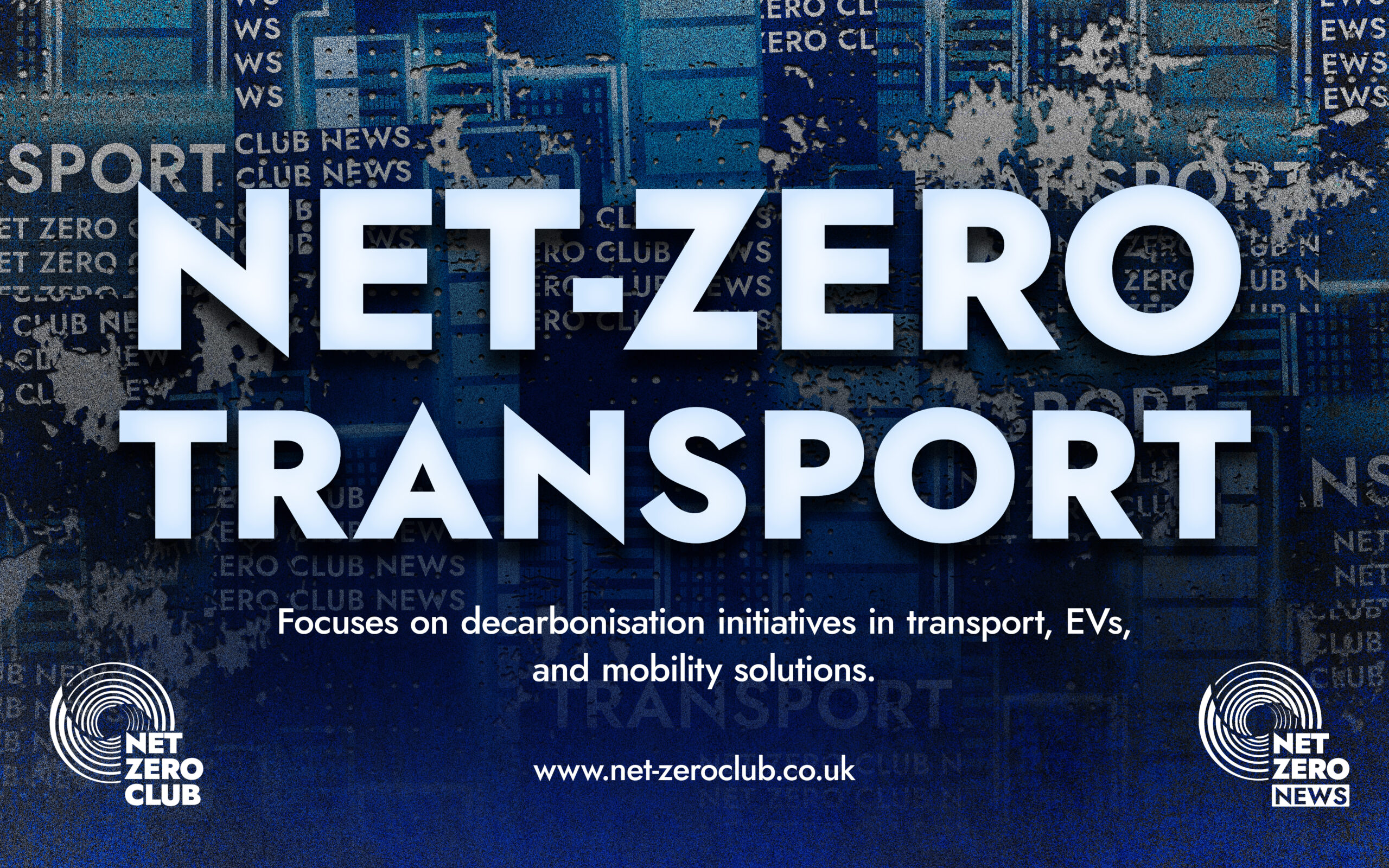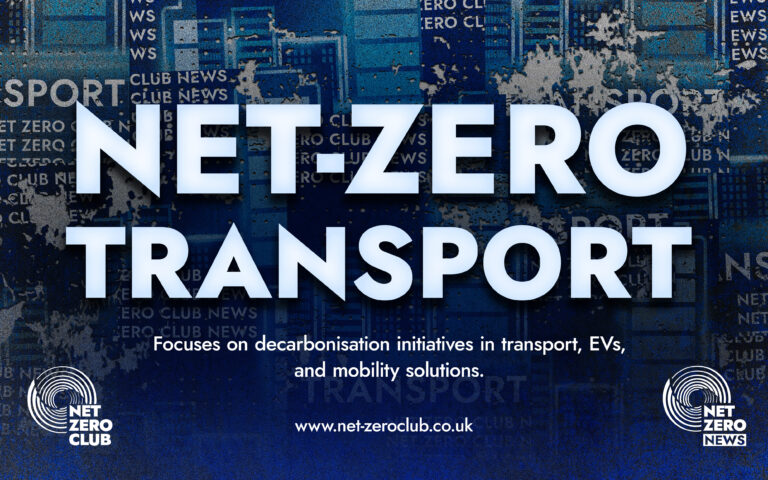Unveiling the Truth Behind Bigger Battery Illusions

Hello, Champions of Net Zero!
In a world where the pressing need for sustainability and innovation in transportation has never been more crucial, we find ourselves at a pivotal crossroads. The automotive landscape has evolved dramatically over the years, yet some of the age-old challenges remain. Today, we delve into the insights of Martijn Versteegen, CEO and founder of Imagin.Studio, as he reflects on the transformative journey of vehicle fuel efficiency and the rise of electric vehicles (EVs).
For years, the fuel efficiency of cars was a focal point of discussion among environmentalists and consumers alike. The introduction of energy labels—a concept borrowed from household appliances such as refrigerators—seemed to herald a new era of transparency. Suddenly, every vehicle was adorned with a sticker, indicating its fuel efficiency rating. This initiative quickly became a staple in corporate fleet policies, with many organisations restricting their choices to vehicles that bore an Energy Label A, B, or C. But how effective were these labels in reflecting the true efficiency of the vehicles?
As time progressed, it became glaringly apparent that the actual fuel consumption of many cars often stood in stark contrast to what these labels suggested. The industry began to shift its focus towards genuine fuel consumption metrics and CO2 emissions, leading to a prioritisation of efficiency and optimised engine designs. The introduction of the Worldwide Harmonised Light Vehicles Test Procedure (WLTP) added another layer of complexity, particularly with the rise of plug-in hybrids, which left many consumers questioning whether they were truly benefitting from the promised efficiencies.
Fast forward to today, and the narrative has taken a significant turn. Electric vehicles have emerged on the scene, promising to alleviate many of the frustrations that once plagued fleet managers and consumers. Every new EV that enters the market is celebrated as a victory for corporate responsibility and sustainability. With the latest models boasting ranges of up to 250 miles on a single charge—and even closer to 400 miles with larger batteries—range anxiety is becoming a relic of the past.
However, amidst the excitement surrounding electric vehicles, an unsettling issue persists. The memories of the misleading energy labels are still fresh, and it is curious how little we hear about the actual efficiency of electric cars. The energy consumption of one EV can vary drastically from another, sometimes being twice as high. The common fix for this disparity? A larger battery. But this is akin to simply installing a bigger gas tank on a fuel-thirsty car—an expensive solution that necessitates more raw materials and adds significant weight, ultimately compromising the vehicle’s range.
This leads us to an essential point: opting for a more efficient electric vehicle allows drivers to ‘fuel up’ more miles per hour of charging. An efficient model does not just enhance your driving experience; it also leads to a lighter vehicle, which is beneficial for tyre wear, road surfaces, and overall energy consumption. The solution doesn’t lie solely in increasing battery capacity; rather, it revolves around making smarter, more efficient choices with the capacity we already have.
To navigate the future of electric vehicles effectively, we must resurrect the principles of clarity and transparency. Just as we once embraced energy labels to make informed decisions, we now require a standardised method to compare EVs based on their actual energy consumption rather than just their battery size or claimed range. It is high time we introduced a transparent ‘efficiency sticker’ that simplifies the comparison of electric vehicles, making it straightforward and accessible for all consumers.
In conclusion, the path forward in the realm of electric vehicles is not merely about installing larger batteries; it is about fostering smarter choices and promoting efficiency. As we collectively strive towards a net-zero future, let us champion transparency in our decisions, ensuring that we not only electrify our transportation but do so in a manner that is sustainable, efficient, and beneficial for all.

 Got net-zero news, project updates, or product launches to share?
Got net-zero news, project updates, or product launches to share? 